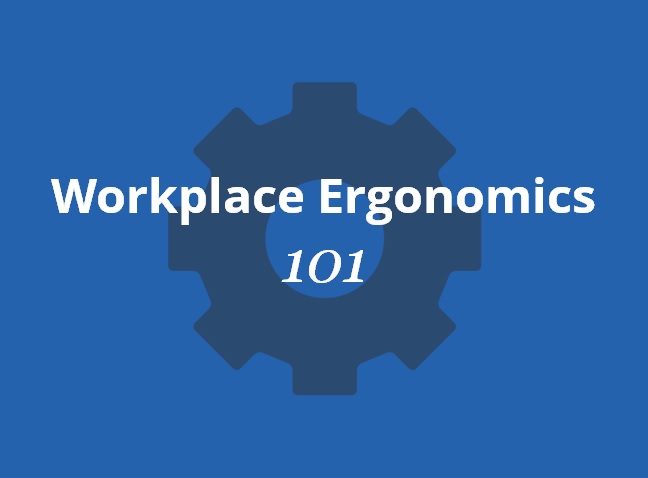Workplace ergonomics isn’t just about doing ergonomic assessments; it’s about making cost-effective improvements.
So far in this series on the ergonomic improvement process, we’ve covered:
- Developing a prioritized list of jobs for improvement
- Conducting ergonomic assessments for all jobs in the workplace
- Developing an ergonomic opportunity list
The next steps in this process are to determine the best solution using a team approach, obtain final approval, implement the solution, and evaluate the ergonomic improvement.
Determine Best Solution with a Team Approach
After the ergonomic opportunities are prioritized, it’s time to determine the best engineering or administrative controls to implement. This process takes a team approach.
Information and input should be gathered from affected employees, members of the safety and/or ergonomics team(s), supervisors, and process managers and/or engineers to determine the best solution to the problem that has been identified.
All potentially affected job tasks, work processes, and employees should be fully considered when contemplating physical changes and control measures. It’s important to ask and consider how any proposed engineering controls will affect the entire process, both upstream and downstream.
For more on understanding ergonomic risk factors and appropriate control measures, read How to Recognize Ergonomic Risk Factors at Work.
Obtain Final Approval and Implement Best Solution
If significant capital or human resources are required for the ergonomic improvement, you will need to obtain project approval from the management or leadership team. In these situations, it’s important to make a compelling business case for the ergonomic improvement using cost justification to prove a return on investment (ROI).
To help quantify the value of ergonomics, the Washington State Department of Labor & Industries developed a very useful cost-benefit calculator based on epidemiological data. The calculator allows you to compare up to three ergonomic improvement options, and estimates the benefits and payback periods for each option.
For more on making the business case for your ergonomic improvement and a step by step guide to using the cost-benefit calculator, read How to Cost-Justify Ergonomic Improvements.
Evaluate Ergonomic Improvement, Make Adjustments if Needed
After the ergonomic improvement has been made, it’s important to conduct a survey of all affected parties to obtain feedback to see if any adjustments are needed.
You can use a short survey to solicit the opinions and perspective of affected employees regarding the effectiveness of this ergonomic improvement.
Ask affected employees to rate the level of physical exertion required by this job task before and after the ergonomic change based on this scale:
0 ——- 1 ——- 2 ——- 3 ——- 4 ——- 5 ——- 6 ——- 7 ——- 8 ——- 9 ——- 10
very light light moderate very hard
Use a scale of 0 – 10. (0 – 2 = very little physical exertion required, 3 – 4 = light or minimal physical exertion required, 5 – 7 = moderate physical exertion required, 9 – 10 = heavy physical exertion required)
Physical exertion rating before ergonomic improvement: ___________
Physical exertion rating after ergonomic improvement: ___________
Ask for additional comments (positive or negative) from employee regarding ergonomic changes: Use survey results to determine if the ergonomics team should consider any modifications or further improvements to this job task or process.
If no modifications or further improvement opportunities are necessary for this job, you are now ready to go back to the top of the prioritized ergonomic opportunity list for your next project!
